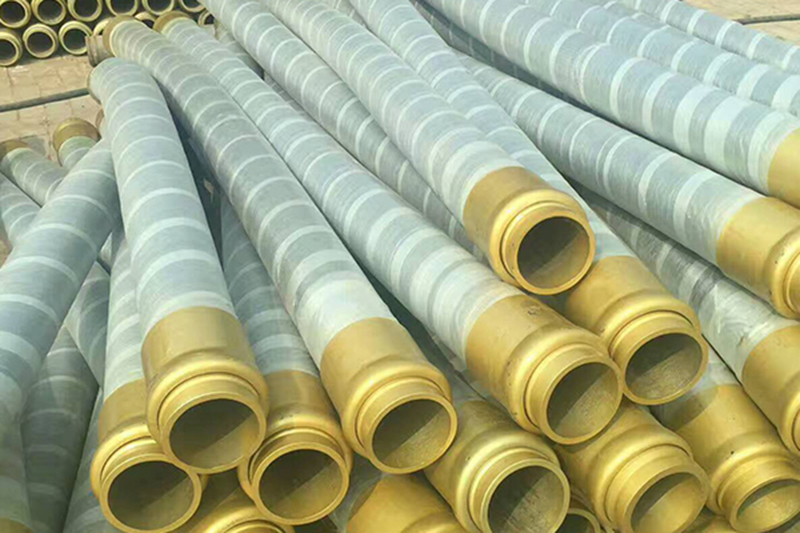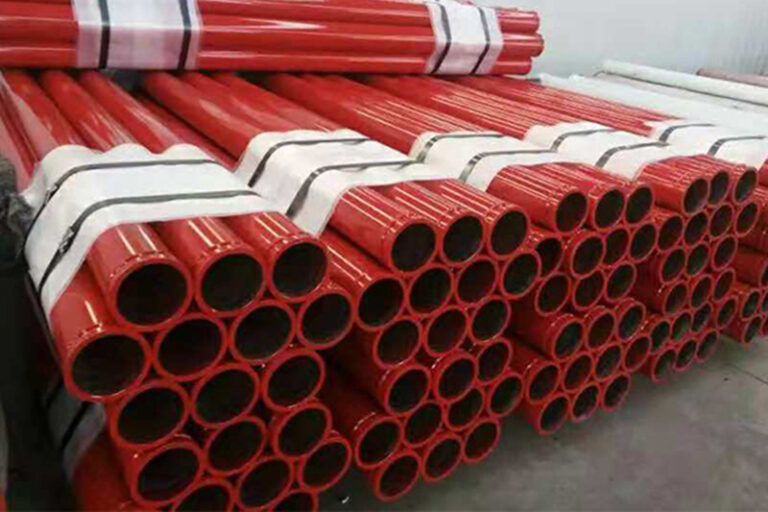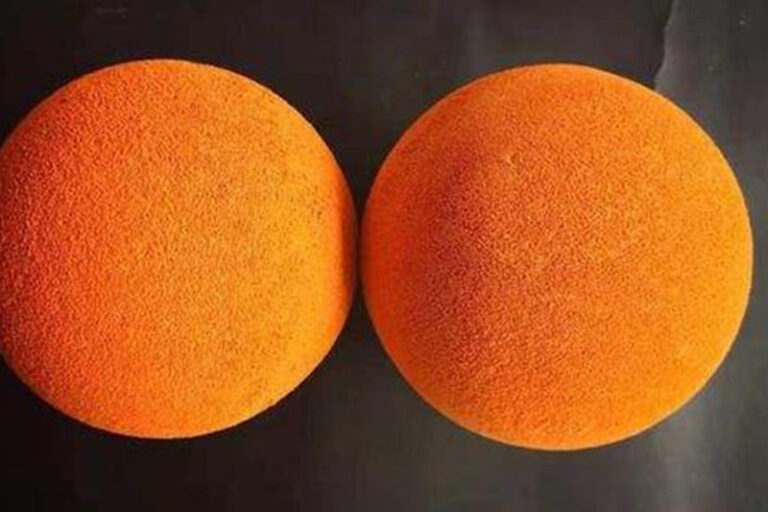What is the diameter of a concrete pump hose?
What is the diameter of commonly used concrete pump hose
Concrete pump hose, as a key component in the concrete delivery system, its diameter selection directly affects the construction efficiency and quality. In the construction industry, common concrete pump hose diameters usually range from 100mm (4 inches) to 150mm (6 inches), with 125mm (5 inches) being the most commonly used. These diameters have been proven over time to balance conveying efficiency and concrete quality requirements.
Commonly used concrete pump hose diameter specifications in detail
The 125mm (5-inch) hose is the mainstay of the market today, accounting for approximately 60-70% of the total volume used. This diameter can provide a theoretical conveying capacity of about 120m³/h, which is suitable for most of the conventional building construction needs, such as residential buildings, commercial complexes, etc. The advantage of this diameter is that it guarantees a higher conveying capacity. The advantage is that it ensures high conveying efficiency without putting too much pressure on the concrete and avoiding segregation.
The 150mm (6-inch) large diameter hose is mainly used in large infrastructure projects, such as dams, bridges and other engineering scenarios that require high conveying capacity. The theoretical conveying capacity of this size of hose can reach more than 180m³/h, but it needs to be matched with more powerful pumping equipment. It is worth noting that when using a large diameter hose, the slump of the concrete needs to be increased accordingly, and it is usually recommended to keep it above 180mm.
The 100mm (4-inch) small-diameter hose is suitable for special conditions where space is limited, such as tunnel linings, narrow basements and other scenarios. Although its conveying capacity is relatively small (about 80m³/h), it has better flexibility and passability. In ultra-high-rise pumping, small diameter hoses are sometimes used to reduce pumping pressure.
Technical considerations for the selection of concrete pump hose diameter
There are a number of factors to consider when choosing the diameter of a concrete pump hose. Conveying distance is the primary consideration – the horizontal conveying distance of every 100 meters, it is recommended to increase the diameter of a level; vertical height of every 50 meters, the same should be considered to increase the diameter. Concrete ratio also affects the choice of diameter, aggregate particle size greater than 1/3 of the diameter is easy to cause clogging, C50 or more high-strength concrete is recommended to use a large diameter hose to reduce resistance.
Construction efficiency requirements should not be ignored: for large volume concrete projects that require continuous pouring, large diameter hoses can shorten the pouring time by more than 30%. The matching of equipment is also critical to ensure that the outlet pressure of the pump truck is matched with the diameter of the hose, generally 125mm hose requires a working pressure of 12-16MPa.
Application of diameter under special working conditions
In ultra-high-rise buildings, the “variable diameter” technique is often used – the lower part of the 150mm hose is used, and the upper part is converted to 125mm hose, which not only ensures the conveying capacity, but also controls the pressure at the end. For underwater pours, a double reinforced 125mm hose is recommended, both for resistance to water pressure and for efficiency. For special concretes containing steel fibers or recycled aggregates, the diameter should be increased by one grade to prevent clogging.






